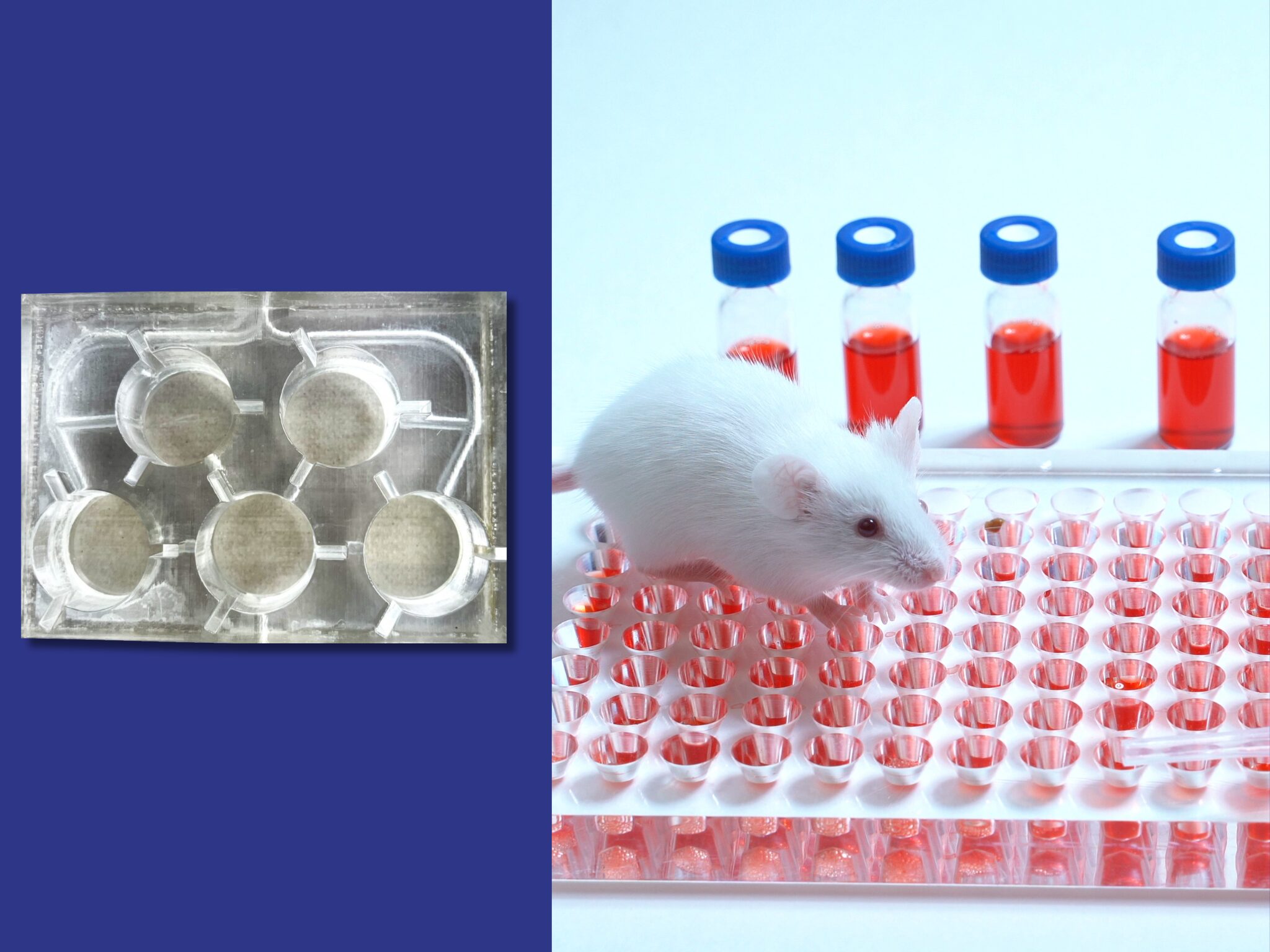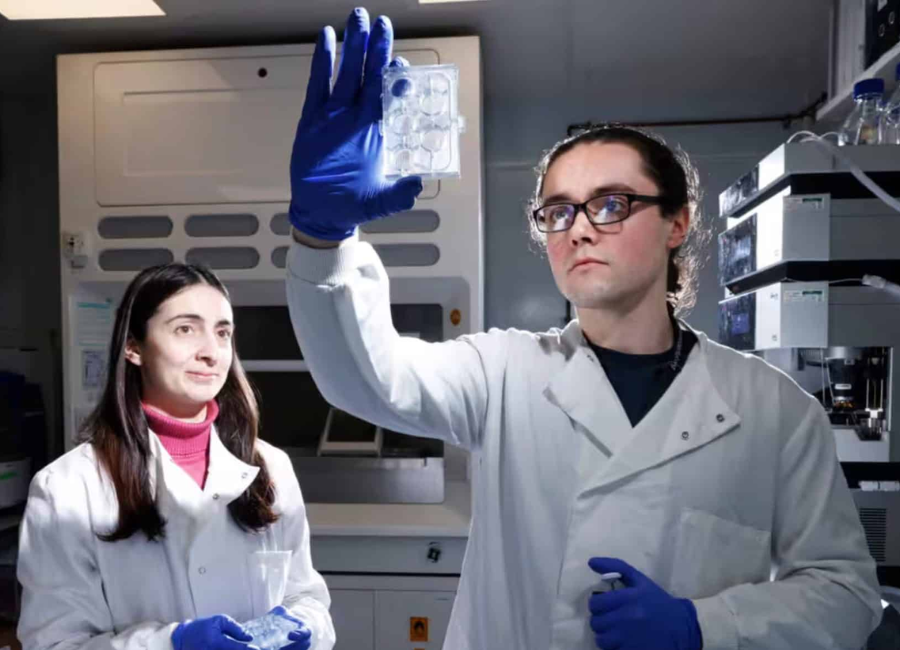Researchers at the University of Edinburgh have unveiled a groundbreaking 3D-printed device designed to replicate how medicines interact with a patient’s body, potentially eliminating the need for traditional animal testing. Known as the “body-on-chip,” this innovative technology aims to revolutionize the early stages of medicine development by providing a more accurate and humane alternative to live animal testing.
The development of pharmaceuticals typically involves the use of thousands of animals for testing, a practice that often yields results that do not translate to clinical benefits. The body-on-chip device offers a promising solution to this challenge by mimicking the human body’s response to medications without the need for live animals.
Comprising five components that emulate the human heart, lungs, kidney, liver, and brain, the body-on-chip connects these elements through channels that replicate the circulatory system. This interconnected system allows scientists to study how different organs react to medications in a controlled environment.

A key feature of the body-on-chip is its utilization of positron emission tomography (PET) scanning, which generates detailed 3D images illustrating the internal processes of each organ. PET scanning is a medical imaging technique that uses a safe radioactive tracer to detect diseased cells and identify early signs of conditions such as cancer, heart disease, and brain disorders.
Liam Carr, the inventor of the body-on-chip, explained that the PET imagery is crucial for ensuring an even flow of new drugs being tested. The device, designed specifically for measuring drug distribution, incorporates organ compartments large enough to sample drug uptake for mathematical modeling. Carr highlighted that this innovation represents a significant advancement in drug testing technology.
Dr. Adriana Tavares, Carr’s supervisor, emphasized the potential of the body-on-chip in reducing the extensive use of animals for drug testing globally, particularly in the early stages where only a small percentage of compounds progress through the discovery pipeline. Linking five organs on a single device enables scientists to comprehensively study how a new medicine might affect the entire body, providing a more holistic understanding of drug interactions.
The body-on-chip holds immense promise as a valuable tool for investigating various human diseases, including cancer and cardiovascular diseases. Its ability to accurately replicate the human body’s response to medications offers a more ethical and efficient alternative to traditional animal testing methods.
The device’s potential to transform drug development and reduce reliance on animal testing aligns with broader efforts within the scientific community to embrace innovative approaches that prioritize both scientific rigor and ethical considerations. As the body-on-chip technology evolves, it may usher in a new era of pharmaceutical research that prioritizes accuracy, efficiency, and ethical responsibility in the pursuit of improved healthcare solutions.







